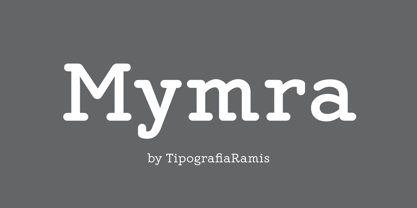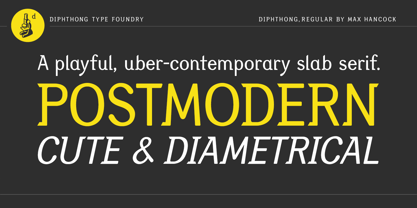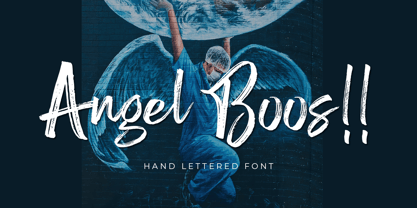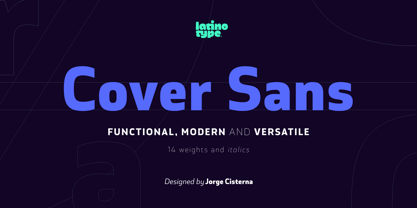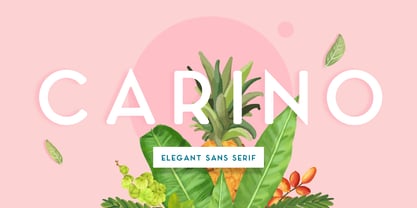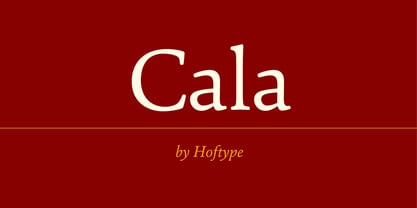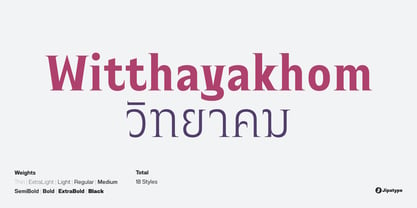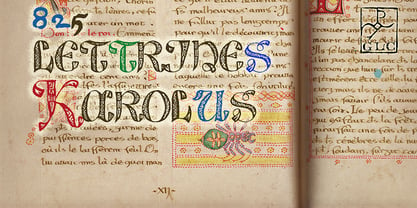10,000 search results
(0.042 seconds)
- Pica Hole - MRST - Unknown license
- Pica Hole - SIM - Unknown license
- Pica Hole - ABS - Unknown license
- Silom - Unknown license
- Vandiana Platin - Personal use only
- itsadzoke - 100% free
- Mymra by TipografiaRamis,
$35.00 - Cranberry Cyr - Unknown license
- Teen - Unknown license
- Zekton - Unknown license
- DS Sofachrome - Unknown license
- Teen Light - Unknown license
- SF Chaerilidae - Unknown license
- The End. - Unknown license
- Kirsty - Unknown license
- Teen - Unknown license
- SF Buttacup Lettering - Unknown license
- Diphthong by Diphthong Type Foundry,
$10.00 - LED BOARD - Unknown license
- Umberette - 100% free
- Beast vs SpreadTall - Unknown license
- Severina - Unknown license
- Labrat - Unknown license
- Pica Hole - 1890 Morse - Unknown license
- Angel Boos by Struggle Studio,
$12.00 - Kerater - Personal use only
- LED BOARD REVERSED - Unknown license
- One-Eighty - Unknown license
- Fluoxetine - Unknown license
- Fontcop IV - Unknown license
- Mexcellent - Unknown license
- Negatori - Unknown license
- Cover Sans by Latinotype,
$26.00 - Carino Sans by Kaligra.co,
$29.00 - Cala by Hoftype,
$49.00 - Witthayakhom by Jipatype,
$27.00 - 825 Lettrines Karolus by GLC,
$20.00 - Capital by Aboutype,
$24.99 - Futurex Narrow - Unknown license
- Usenet - Alternates - Unknown license






